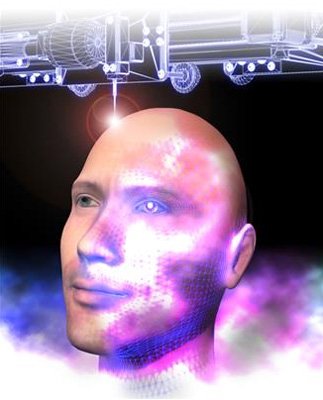Bristol scientists develop bio-ink for 3D printing living tissue
Posted: 23 June 2016 | Victoria White, Digital Content Producer | No comments yet
The bio-ink could eventually lead to the ability to print complex tissues using the patient’s own stem cells for surgical bone or cartilage implants…


Scientists at the University of Bristol have developed a new stem cell-containing bio-ink that allows 3D printing of living tissue.
The bio-ink contains two different polymer components: a natural polymer extracted from seaweed, and a sacrificial synthetic polymer used in the medical industry, and both had a role to play.
The synthetic polymer causes the bio-ink to change from liquid to solid when the temperature is raised, and the seaweed polymer provides structural support when the cell nutrients are introduced.
Lead researcher Dr Adam Perriman, from the School of Cellular and Molecular Medicine, explained more: “Designing the new bio-ink was extremely challenging. You need a material that is printable, strong enough to maintain its shape when immersed in nutrients, and that is not harmful to the cells. We managed to do this, but there was a lot of trial and error before we cracked the final formulation.
“The special bio-ink formulation was extruded from a retrofitted benchtop 3D printer, as a liquid that transformed to a gel at 37°C, which allowed construction of complex living 3D architectures.”
Engineering 3D printed tissue structures
The team were able to differentiate the stem cells into osteoblasts to engineer 3D printed tissue structures over five weeks, including a full-size tracheal cartilage ring.
Dr Perriman said: “What was really astonishing for us was when the cell nutrients were introduced, the synthetic polymer was completely expelled from the 3D structure, leaving only the stem cells and the natural seaweed polymer. This, in turn, created microscopic pores in the structure, which provided more effective nutrient access for the stem cells.”
The team’s findings could eventually lead to the ability to print complex tissues using the patient’s own stem cells for surgical bone or cartilage implants.
Related topics
3D printing, Stem Cells
Related organisations
Bristol University



